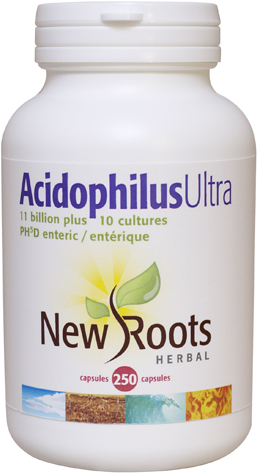You are here: |
Topic: Metabolism |
 |
|
The First Step: Metabolism
Like the gas stored in our cars, our body stores energy as Adenosine Triphosphate (ATP). Unlike cars our bodies have to make their own energy and the start of the process is ingestion and digestion. This requires many features, but we can enhance the process with enzymes and friendly flora (acidophilus). The food we eat must be broken down into amino acids that are linked together to form proteins. A protein is a carbohydrate (carbon + hydrogen) with the addition of a nitrogen and sometimes a sulfur molecule. Carbohydrates can give us energy, but cannot build our bodies’ structures or immune system. A protein can be over a hundred amino acids linked together, and if an amino acid is missing we cannot form this protein. So breaking down our food well is very important – along with a good diet. Without enzymes our body cannot digest food. Natural sources of enzymes include raw vegetables, eggs and unprocessed meat and fish. There are many different kinds of enzymes and each one has a specific function. Some are for fats, some for lactose, some for proteins, etc. One enzyme cannot be substituted for another. Symptoms of a deficiency include bloating gas, difficult elimination, and a weakened body, including the immune system. Our enzymes can be lost as we age. Acidophilus are bacteria that like to live in the acid-rich environment found in our digestive tract. They live for up to ten days, but can perish in five if certain nutrients are not received. Antibiotics kill them easily. Acidophilus is particularly important to help digest milk proteins, amino acids, fat and lactose. It is also very important in the production of the b vitamins and reduction of cholesterol levels. Acidophilus sets up an environment that makes it hard for other bacteria and fungi (yeast) to grow. ( 0 Votes On This Page ) |


